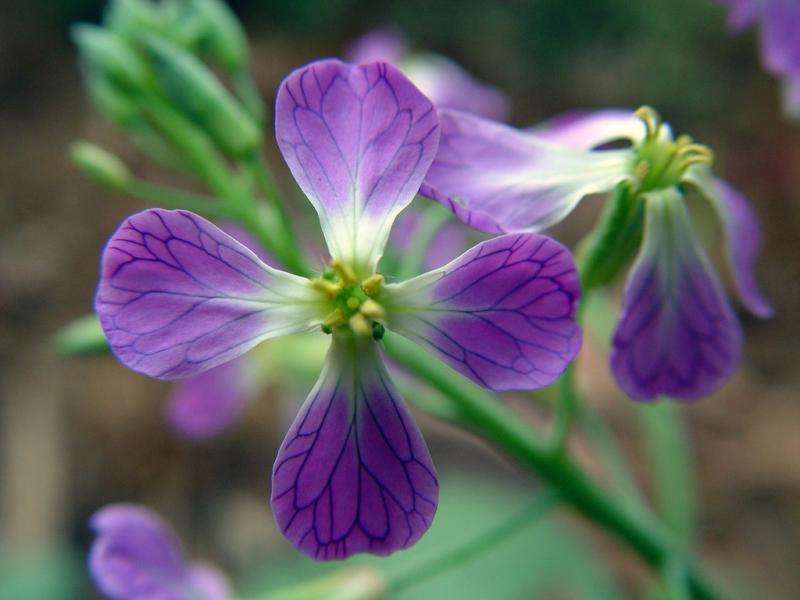Radish gathers strength against herbicides and moves south

Control of the prolific and extremely adaptable weed, Raphanus raphanistrum, continues to be one of the biggest headaches facing WA grain farmers, with a survey finding the weed's resistance to certain herbicides has increased significantly over a seven year period.
Commonly known as wild radish, and a deceptively attractive flowering plant, its seed can persist for many years in a dormant state, making it one of the most difficult weeds to control.
A survey by the Australian Herbicide Resistance Initiative (AHRI), showed an increase in the number of Group B herbicide resistant populations from 54 percent (2003) to 84 per cent (2010).
The survey also showed a jump in resistance to 2,4 Dichlorophenoxyacetic acid, commonly known as 2,4 D from 60 per cent to 76 per cent.
A survey, currently occurring across the grain belt, will provide scientists with more information on the resistance levels in wild radish populations.
To add to the challenge of controlling the prolific weed, populations often showed resistance across multiple herbicide chemistries, AHRI senior research officer Mechelle Owen says.
"While the 2010 survey was random across 14 million hectares of the grain belt, in this current study we will be collecting many samples from the same paddocks as 2010 to compare changes in resistance levels," she says.
"In our 2010 study we collected 96 radish populations from the 466 crop fields sampled."
The results of both the 2003 and 2010 surveys provide greater evidence of the importance of integrated weed management strategies on farm, particularly in regard to harvest weed seed eradication, Ms Owen says.
"If farmers can't use herbicides, they have to look at other options, such as chaff carts, windrow burning, seed destruction, and also sacrificing crops if they have a really high weed burden," she says.
Findings from the 2010 survey also indicated the radish was moving further south into the southern agricultural belt.
The control of wild radish now rates as one of the top five weed challenges for WA farmers, Ms Owen says.
Since wild radish can germinate at any time given adequate moisture, the plant can be a host for numerous other pests and diseases.
At harvest time, the weed seed is difficult to grade out of wheat and lupin crops, since the seed is of a similar size.
More information: Mechelle J. Owen et al. Multiple herbicide-resistant wild radish (Raphanus raphanistrum) populations dominate Western Australian cropping fields, Crop and Pasture Science (2015).
Provided by Science Network WA
This article first appeared on a science news website based at Scitech.


















